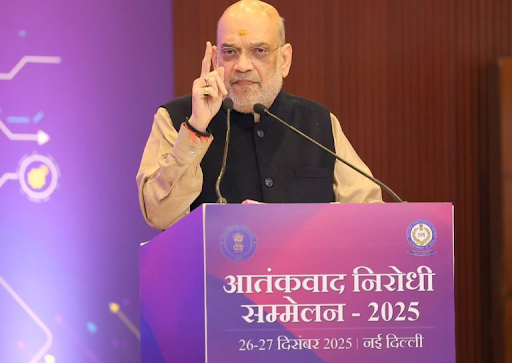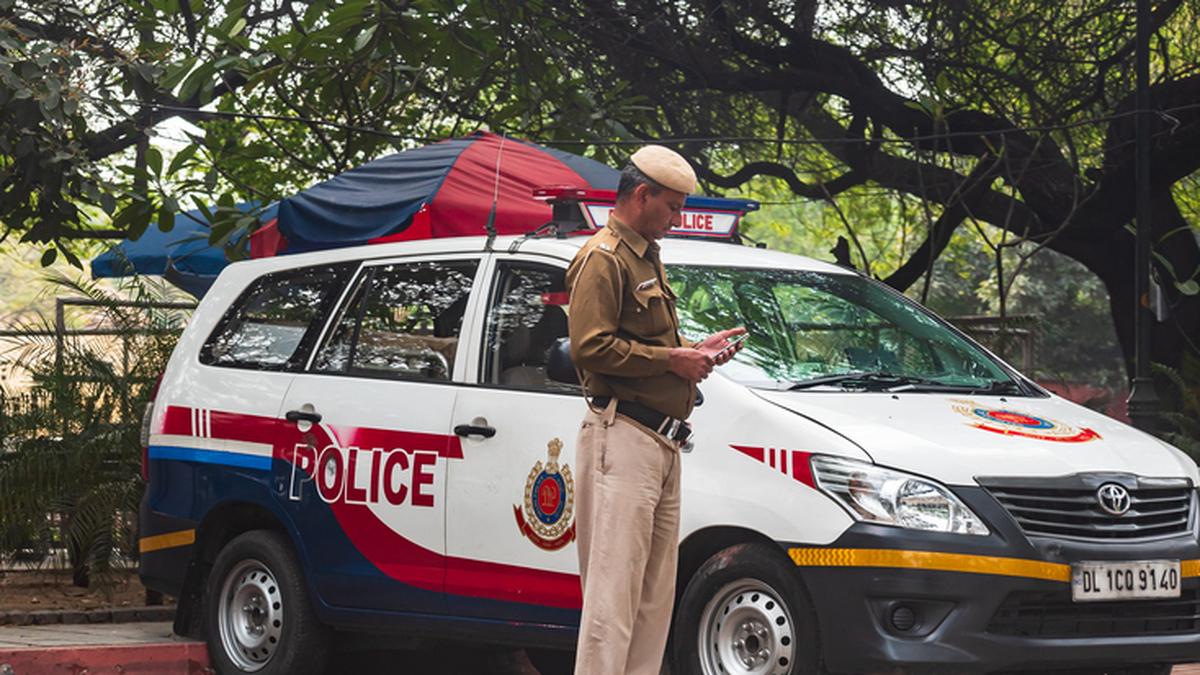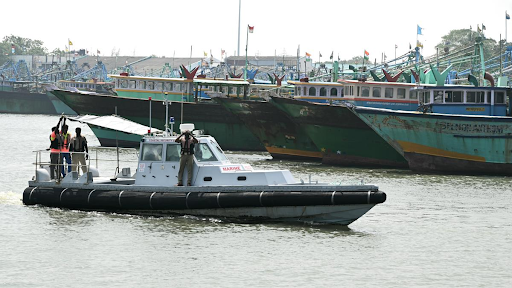




Source: NENOW
Disclaimer: Copyright infringement not intended.
A ₹23.7 crore ecotourism project proposed in Nongkhyllem Wildlife Sanctuary has triggered opposition from local communities and environmental activists.
Concerns raised include possible habitat disruption, threat to endangered species and violation of conservation norms.
|
Feature |
Details |
|
Location |
Ri-Bhoi District, Meghalaya |
|
Region |
Within the Eastern Himalayan Global Biodiversity Hotspot |
|
Area |
Approx. 29 sq. km |
|
Topography |
Undulating plains, low hills and rugged terrain |
|
Major River |
Umtrew River, forms the western boundary; tributaries: Umran, Umling, Umtasor |
|
Dominant Species |
|
Shorea robusta (Sal) |
|
Tectona grandis (Teak) |
|
Terminalia myriocarpa |
|
Gmelina arborea |
|
Category |
Examples |
|
Birds |
Over 400 species including the endangered Rufous-necked Hornbill |
|
Mammals |
Clouded Leopard (vulnerable) Asian Elephant (endangered) Himalayan Black Bear |
|
Attribute |
Details |
|
Established |
1981 under the Wildlife Protection Act, 1972 |
|
Governance |
Managed by Meghalaya Forest Department |
|
MEE Rating 2021 |
Rated as the best-managed protected area in Northeast India under the Management Effectiveness Evaluation framework of the MoEFCC |
|
Sl. No. |
Name of Wildlife Sanctuary |
Location (District) |
Key Features / Notable Fauna |
|
1 |
Nokrek National Park |
West Garo Hills |
Biosphere Reserve; red panda, Asian elephants, and rare citrus species |
|
2 |
Balpakram National Park |
South Garo Hills |
Known for deep gorges, rare species like red panda, and cave ecosystems |
|
3 |
Siju Wildlife Sanctuary |
South Garo Hills |
Siju Caves nearby; rich bat and bird population |
|
4 |
Nongkhyllem Wildlife Sanctuary |
Ri-Bhoi |
Elephants, hoolock gibbons, leopards; rich in orchids and avifauna |
|
5 |
Baghmara Pitcher Plant Sanctuary |
South Garo Hills |
Protected area for Nepenthes khasiana (endemic carnivorous pitcher plant) |
|
6 |
Narpuh Wildlife Sanctuary |
East Jaintia Hills |
Dense forests; elephants, macaques, and hornbills |
|
7 |
Tura Peak Wildlife Sanctuary |
West Garo Hills |
Lush hill forests; home to elephants and birds like hornbills |
Sources:
|
PRACTICE QUESTION Q. “Ecotourism, while promoting sustainability, can often lead to conflict with conservation objectives.” Discuss with the help of examples. 250 words |





© 2026 iasgyan. All right reserved